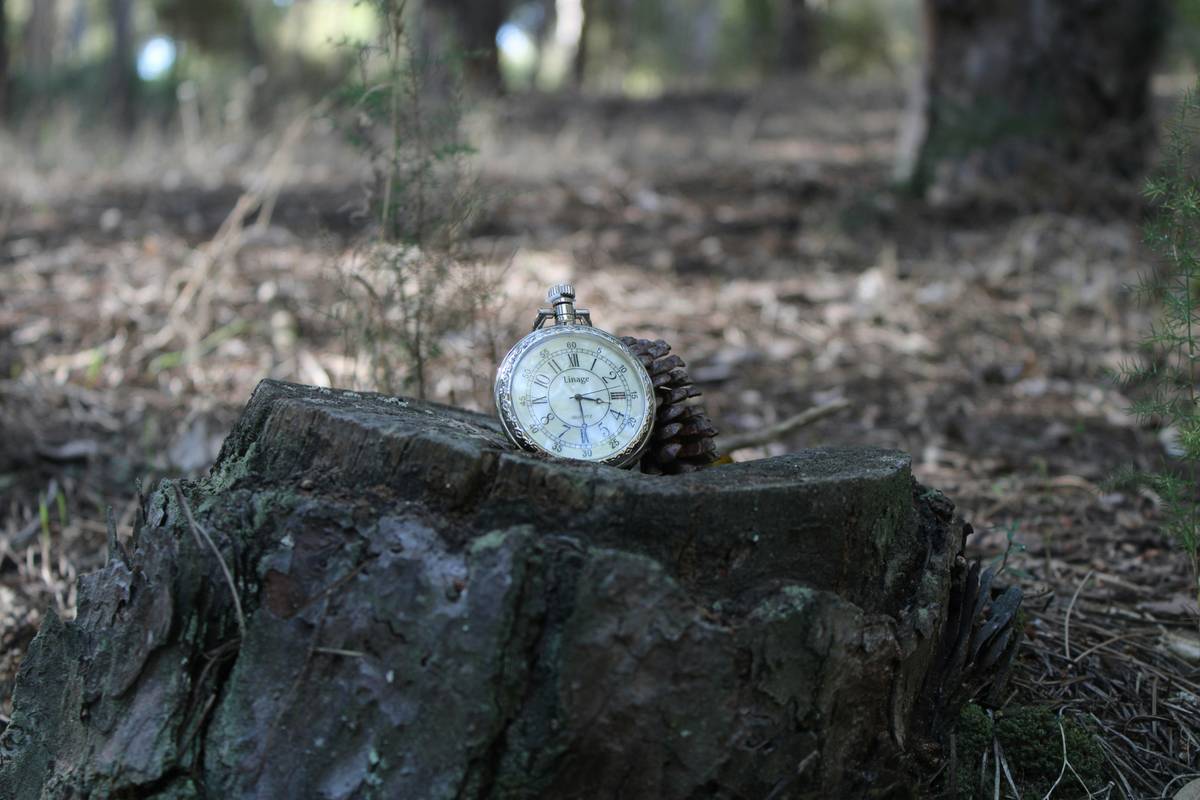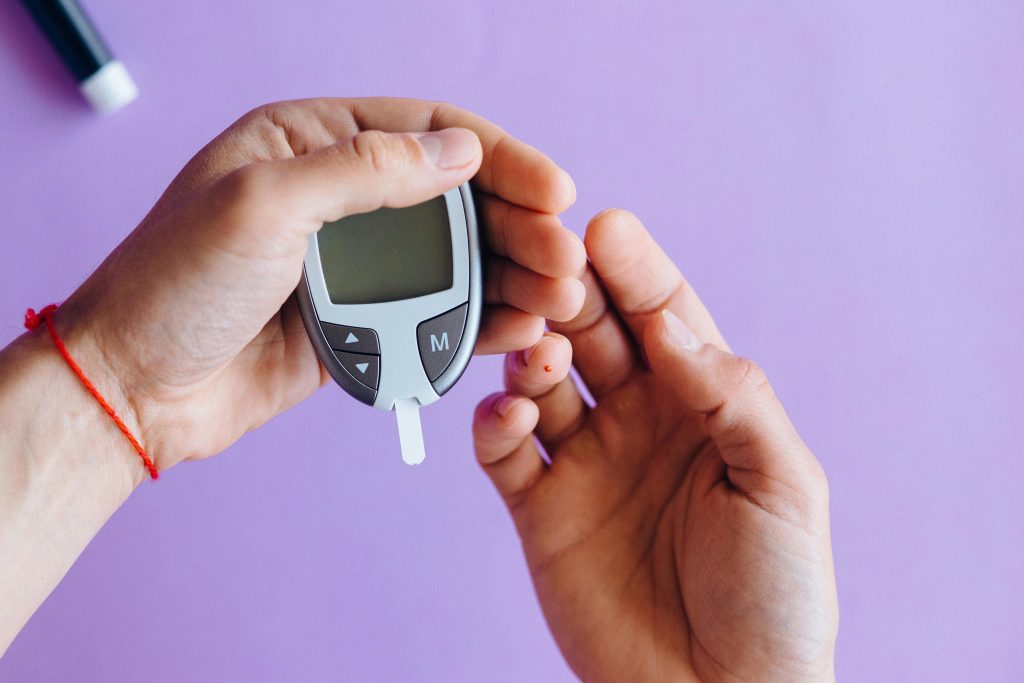Ever wondered how accurate your altimeter watch really is? You’re not alone. Whether you’re an avid hiker, skier, or aviation geek, having a reliable altimeter on your wrist can be lifesaving—or at least trip-saving. But let’s face it: sifting through specs like barometric pressure sensors and GPS integration feels about as fun as debugging code without coffee.
In this guide, we’ll decode everything you need to know about altimeter watch specs, from understanding the nitty-gritty tech jargon to choosing the best model for your adventures (and budget). By the end of this post, you’ll feel confident picking out a watch that doesn’t just look cool but actually works when you’re scaling mountains or cruising skies.
Table of Contents
- Why Altimeter Watches Matter More Than You Think
- How to Decode Altimeter Watch Specs Like a Pro
- Top Tips for Choosing Your Perfect Altimeter Watch
- Real-Life Success Stories: Altimeter Watches in Action
- FAQs About Altimeter Watch Specs Answered
Key Takeaways
- Altimeter watches are essential for outdoor enthusiasts who value safety and accuracy.
- Understanding altimeter watch specs ensures you pick a device tailored to your needs.
- Barometric vs. GPS altimeters—know the difference before buying!
- Tips include prioritizing battery life, waterproof ratings, and durability.
- Real-world examples highlight how these gadgets save lives and enhance experiences.
Why Altimeter Watches Matter More Than You Think
“Optimist You:” ‘These watches are just fancy pedometers, right?’
Grumpy Me: ‘Wrong. Dead wrong.'”
Let me paint a picture. Imagine hiking up a mountain trail, only to realize the fog has rolled in harder than Aunt Karen at Thanksgiving dinner. Visibility’s zero, and you’ve got no clue if you’re heading toward safety or sheer cliff doom. Enter stage left: your trusty altimeter watch. It tells you exactly where you are elevation-wise, keeping panic levels low and survival rates high.
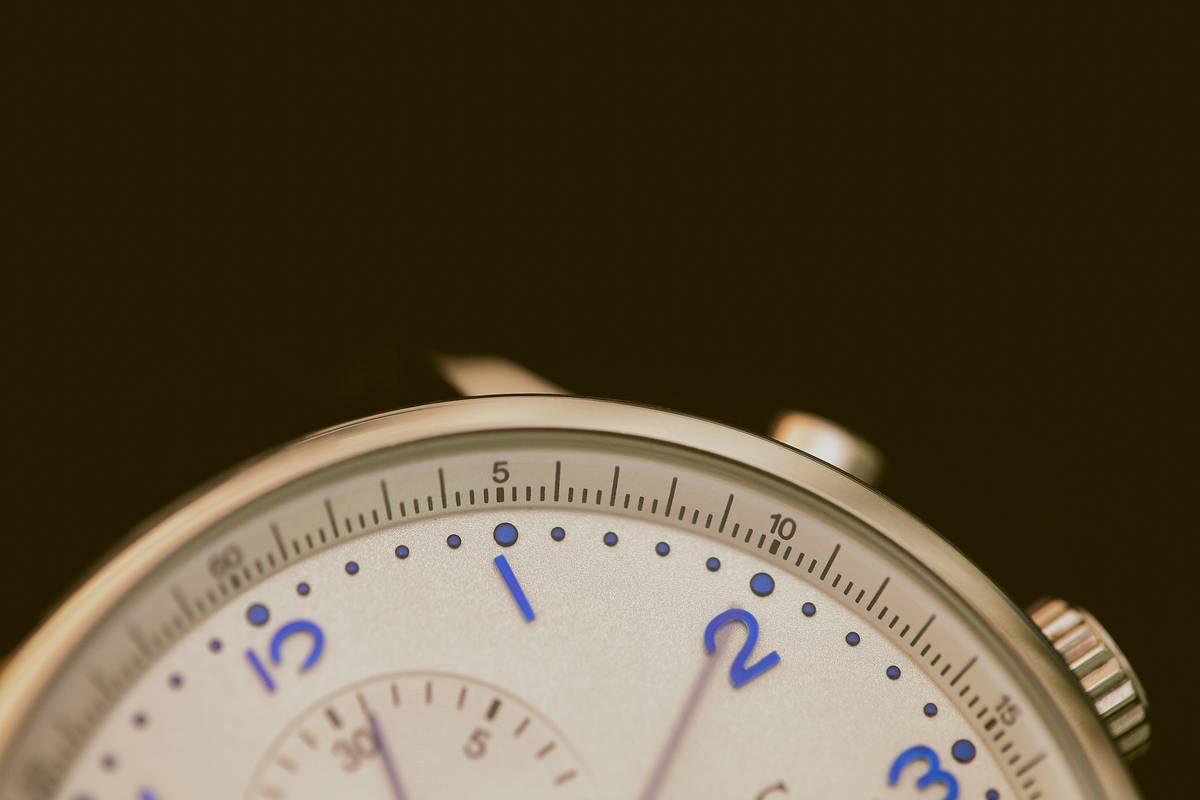
Here’s the kicker: Not all altimeter watches are created equal. Some rely solely on GPS, which eats batteries faster than teens devour snacks, while others use barometric sensors for precision—even indoors! Knowing the difference could mean avoiding headaches later. Or worse… literal cliffsides.
How to Decode Altimeter Watch Specs Like a Pro
Alright, buckle up because we’re diving deep into those specs:
What Does “Barometric Pressure Sensor” Even Mean?
Think of it as Mother Nature’s own Fitbit. Barometric sensors measure atmospheric pressure changes to calculate altitude super accurately. Pros? They don’t require GPS signals, so they work inside caves or underground tunnels too. Cons? Weather shifts can throw off readings temporarily.
GPS Integration: Is It Worth the Hype?
Spoiler alert: Yes, kinda. GPS-enabled models pinpoint your location via satellites, making them great for open-air activities. However, keep an eye on battery drain—it’s real, folks. Opt for hybrid models combining both systems if possible; they strike gold between reliability and efficiency.
Battery Life: The Underrated Hero
Wouldn’t it suck if your shiny new toy died halfway up Kilimanjaro? Always check the expected battery life under normal usage scenarios. Look for solar-powered variants or power-saving modes if long treks are your jam.
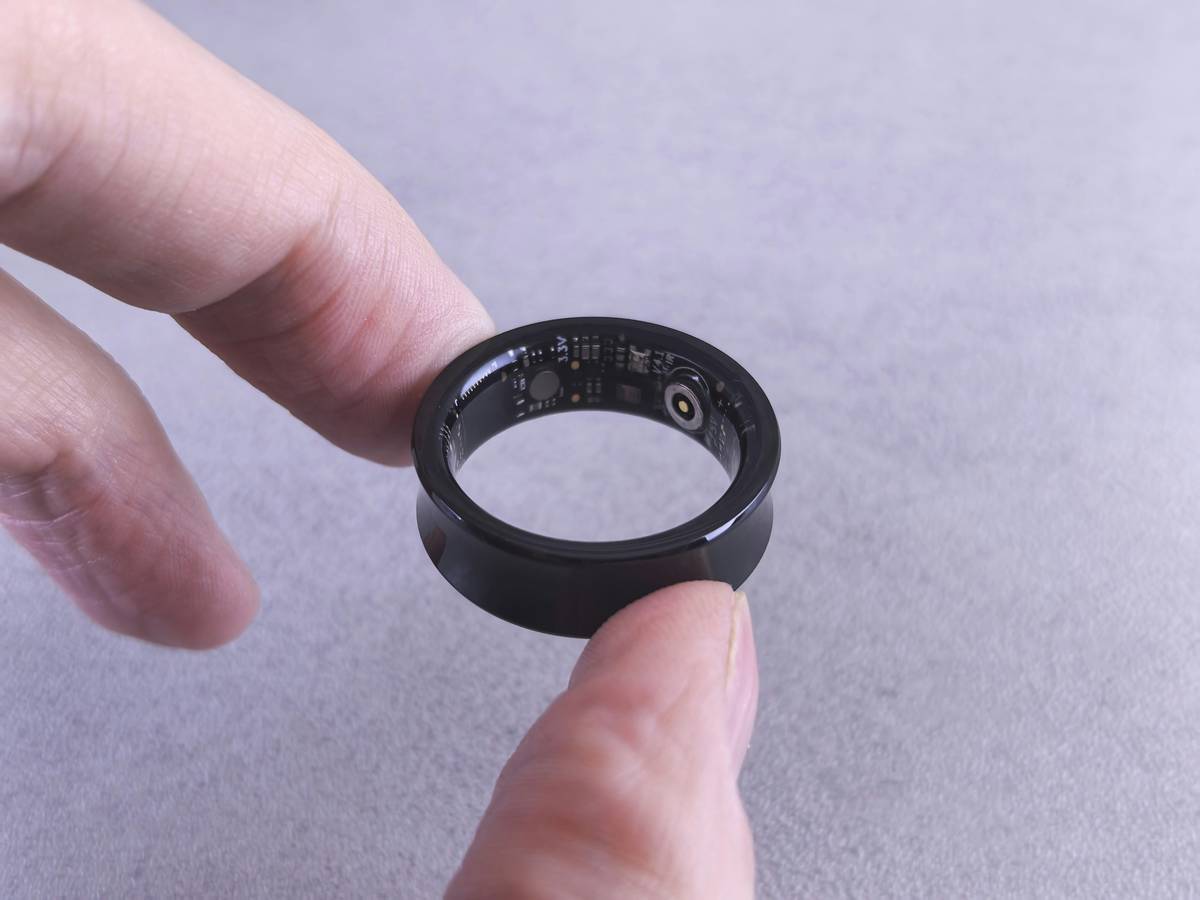
Top Tips for Choosing Your Perfect Altimeter Watch
Feeling overwhelmed by options? Don’t sweat it. Here’s my shortlist:
- Prioritize Waterproof Ratings: No one wants their expensive gadget kaput after a splash.
- Look Beyond Design: A sleek face won’t save you mid-climb unless functionality matches form.
- Check Compatibility: Ensure it syncs seamlessly with apps or devices you already own.
- Beware Overpromising Features: Remember that time I bought a “smart” bulb promising Alexa control but refused to connect without three firmware updates? Yeah…
Real-Life Success Stories: Altimeter Watches in Action
Let’s get nostalgic. Back in 2019, climber Alex Honnold (of Free Solo fame) relied heavily on his Casio Pro Trek’s altimeter function during record-breaking ascents. He credits its accuracy—and insane durability—for helping him stay safe amidst perilous terrains.
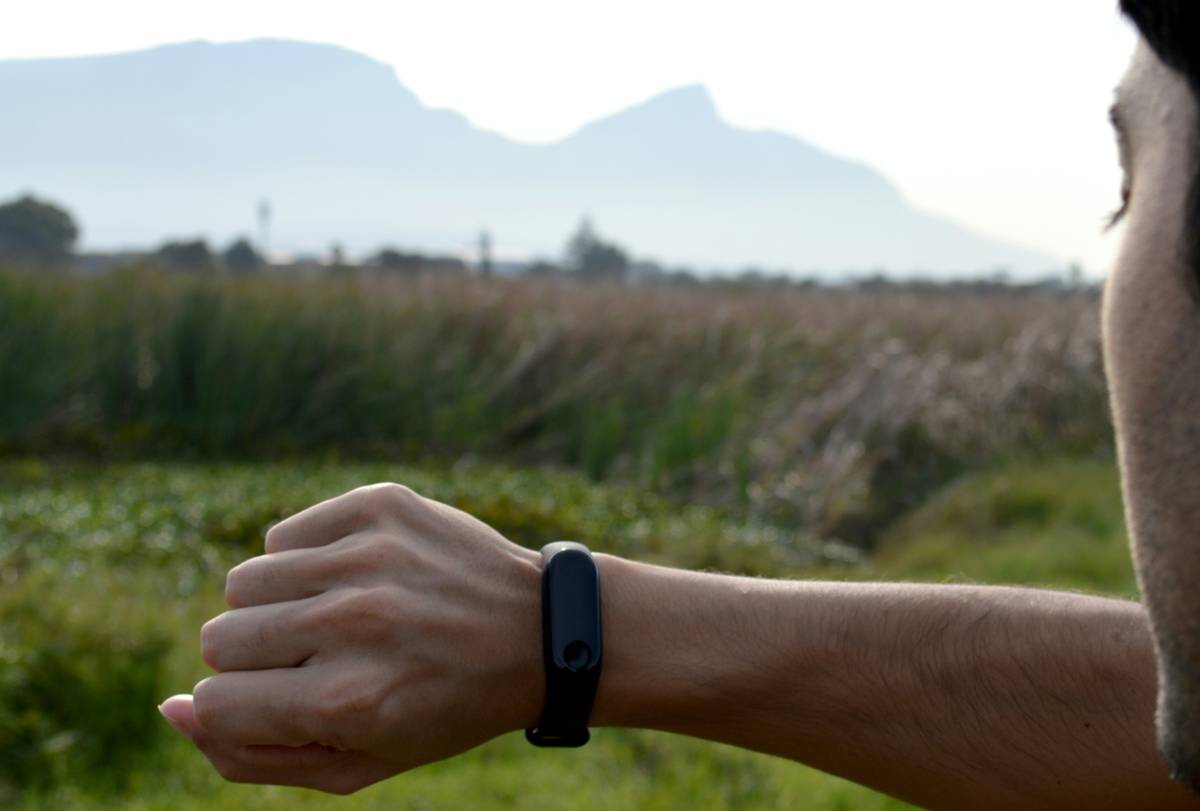
Less dramatic yet equally inspiring? Amateur adventurer Sarah L., whose Garmin Fenix helped her locate lost friends during a sudden blizzard in Colorado. She swears by its dual-sensor system today, calling it “the most trustworthy piece of tech” she owns.
FAQs About Altimeter Watch Specs Answered
Q: Do I really need an altimeter watch?
A: If you regularly engage in hiking, skiing, flying, or mountaineering, yes. If you’re strictly urban-bound, maybe stick with Fitbit.
Q: How accurate are barometric altimeters compared to GPS?
A: In ideal conditions, barometric wins hands down due to continuous monitoring. GPS shines in open spaces but struggles in forests or urban jungles.
Q: Can cheap alternatives do the job?
A: Cheaper models exist, sure, but often lack features crucial for serious adventurers. Invest wisely—you’ll thank yourself atop Everest Base Camp someday.
Conclusion
So there you have it—the definitive guide to mastering altimeter watch specs. Armed with knowledge about barometric sensors, GPS nuances, and must-have features, you’re ready to conquer peaks and trails alike. Happy adventuring!
*Bonus Quote:* “Like duct tape, always bring an altimeter watch—it fixes EVERYTHING.” – Anonymous Hiker
Haiku Time:
Peak whispers softly,
Wrist-bound guide keeps paths clear.
Sky kisses earthbound.
